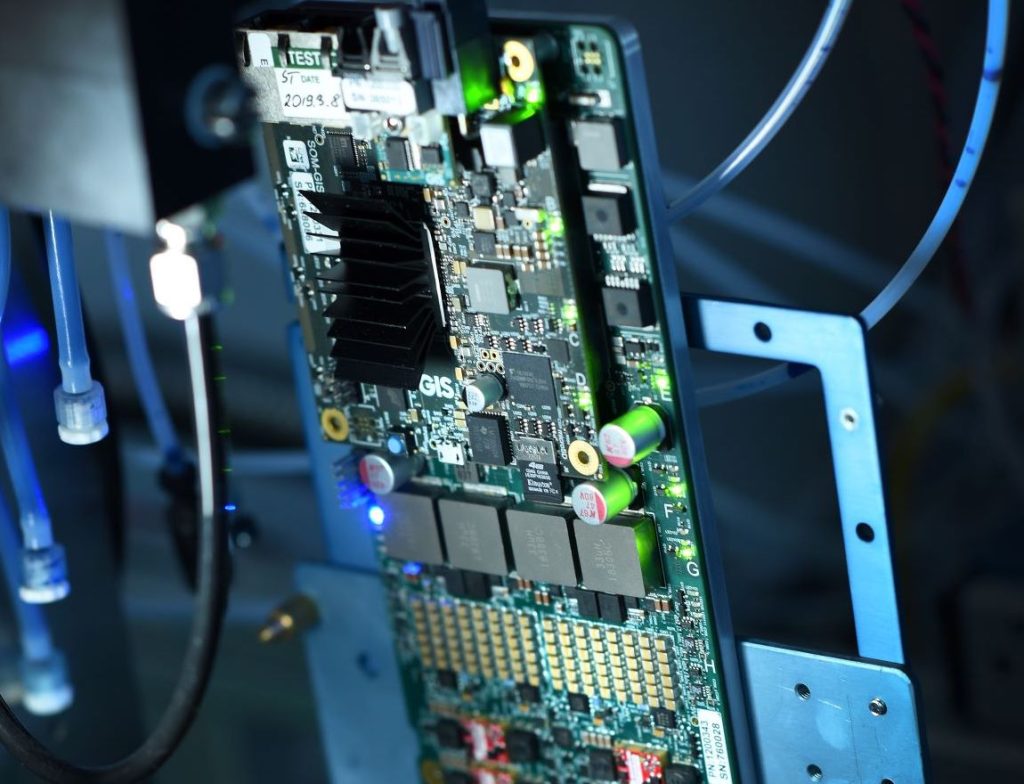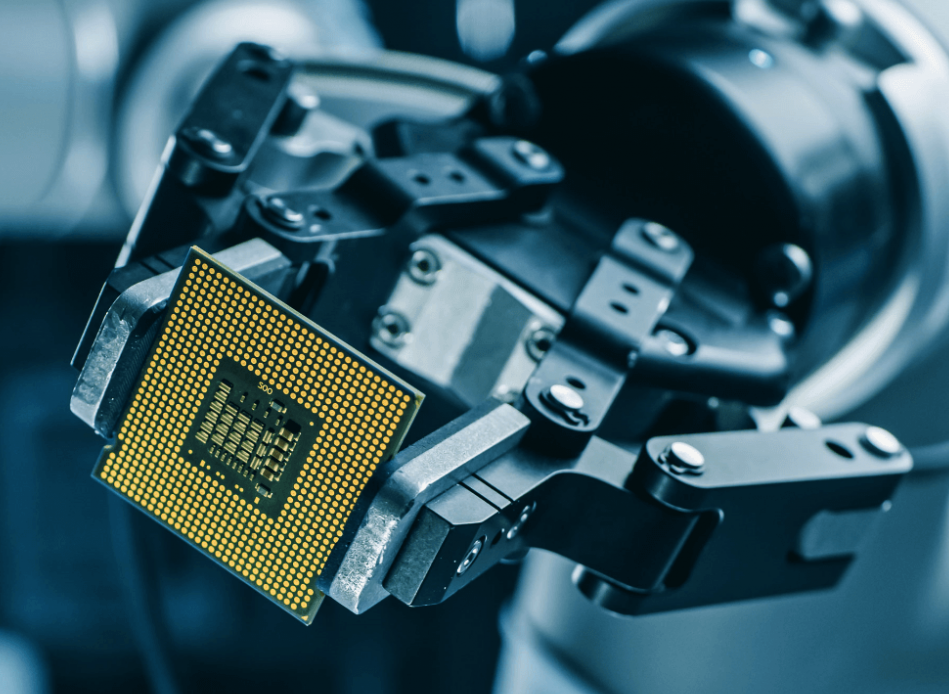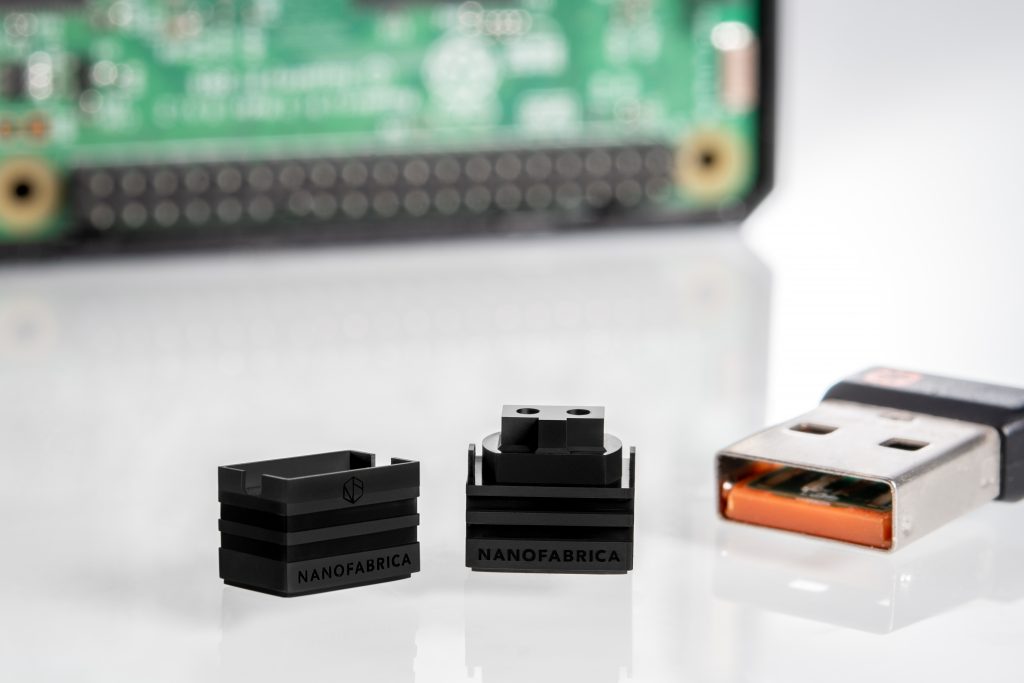Israeli electronics 3D printer manufacturer Nano Dimension has bought inkjet software, drive electronics and delivery system developer Global Inkjet Systems (GIS).
As part of the deal, Nano Dimension has paid an initial $18.1 million to GIS’ shareholders, and committed to pay up to $10.7 million more, provided it reaches pre-agreed financial performance milestones. According to Nano Dimension’s CEO Yoav Stern, the arrangement will prove mutually beneficial, both allowing his firm to bolster its product lineup and GIS to address new clientele with its technologies.
“This merger will upgrade Nano Dimension’s product line with GIS’ innovative hardware and software,” explained Stern. “In parallel, our go-to-market network will expand GIS’ commercial horizon and customer base. The combination of both companies will further leverage the customer-focused culture across the entire organization.”
“This is a win-win for both organizations. Combining forces and resources will enable growth for the integrated company at an accelerated pace.”

Buying into inkjet innovation
Based in Cambridge, UK, GIS specializes in developing the technologies behind the printheads used in industrial single-pass, XY scanning and 3D printing systems. Thanks to its portfolio of software, drive electronics and fluid delivery parts, the firm has managed to establish a 130 client-strong user base, with adopters applying its products in biomedical, packaging and electronic printing applications.
Through acquiring GIS, Nano Dimension therefore anticipates being able to accelerate its product development, as it considers the firm’s technologies to be “essential to any ink deposition methodology within its AME and AM solutions,” and moving forwards, the deal is set to provide it with early access to its new subsidiary’s upcoming products.
“As a result of this acquisition, we will be able to improve our technology’s performance and time to market,” added Stern. “The combined company will own and have access to innovative and yet-to-be-released printing technologies, providing value and leading-edge solutions tailored to our customers’ needs and giving us a clear competitive advantage.”
“GIS’ research and development roadmap will help us to deliver better resolution and higher productivity in our industrial 3D printing solutions.”
Over the next 27 months, the deal’s structure could see Nano Dimension pay anything from $1.3 million to $10.7 million to GIS’ shareholders, on top of the $10.7 million they’ve already received. According to Nano Dimension, this payment will depend on GIS “achieving a certain financial performance.” Although it hasn’t specified what these financial goals are, they’re likely to be profitability-related.
For GIS’ part, it’s believed that its acquisition will enable it to better meet the needs of its customers, and leverage Nano Dimension’s rapidly-expanding marketing network to access emerging fast-growing printing markets, where the precision of its products could facilitate the growth of advanced inkjetting applications.
“We are very excited to be joining a company that recognizes the excellence of our technologies, our passion for innovation and matches our customer-focused culture,” concluded Nick Geddes, Founder and CEO of GIS. “Working together, we will be pushing the envelope beyond existing printing capabilities in ways our customers will gain advantages that are yet unmatched.”

Nano Dimension’s expansion continues
Itself a manufacturer of machines that enable the production of what it calls ‘Additively Manufactured Electronics’ or ‘AMEs,’ Nano Dimension has rapidly stepped up its expansion over the last year. Internally, the company has ramped up the development of its proprietary 3D printers, launching its new DragonFly IV and FLIGHT software late last year.
Nano Dimension has also managed to raise around $1.5 billion in capital, funding that it has now begun to use as a means of acquiring those firms developing technologies that could be complementary to its own. In April 2021, the firm acquired DeepCube for $70 million, a specialist in deep learning algorithms, with the aim of establishing an ML-based ‘Distributed Electronic Fabrication’ network.
This was closely followed by the acquisition of Nanofabrica in a deal worth up to $59.4 million. Since renamed ‘Fabrica,’ the company is known as the developer of ‘Micro Adaptive Projection,’ a technology that enables the 3D printing of parts with sub-micron levels of resolution. At the time, it was anticipated that Nano Dimension would integrate the process into its own, to create a ‘digital fabrication application,’ designed to enable digital control of the entire supply chain for AMEs.
However, despite Nano Dimension’s ongoing expansion drive and the substantial backing it continues to enjoy, the company’s overall revenue has remained relatively low. During Q3 2021, the most recent period in which the firm has released its financials, it generated just $1.34 million, a 65% rise on Q2 2021, but Stern himself has admitted this figure is “too small” to draw conclusions from about its future.
GIS, on the other hand, is believed to have brought in around $10 million in revenue over the 12 months ending March 31, 2021, and achieved a gross margin of 51%. As a result, if Nano Dimension goes on to report GIS’ financials alongside its own in future, its acquisition should have a significant effect on its immediate earnings potential.

To stay up to date with the latest 3D printing news, don’t forget to subscribe to the 3D Printing Industry newsletter or follow us on Twitter or liking our page on Facebook.
For a deeper dive into additive manufacturing, you can now subscribe to our Youtube channel, featuring discussion, debriefs, and shots of 3D printing in-action.
Are you looking for a job in the additive manufacturing industry? Visit 3D Printing Jobs for a selection of roles in the industry.
Featured image shows a circuit board developed using GIS’ inkjet technologies. Image via GIS.



